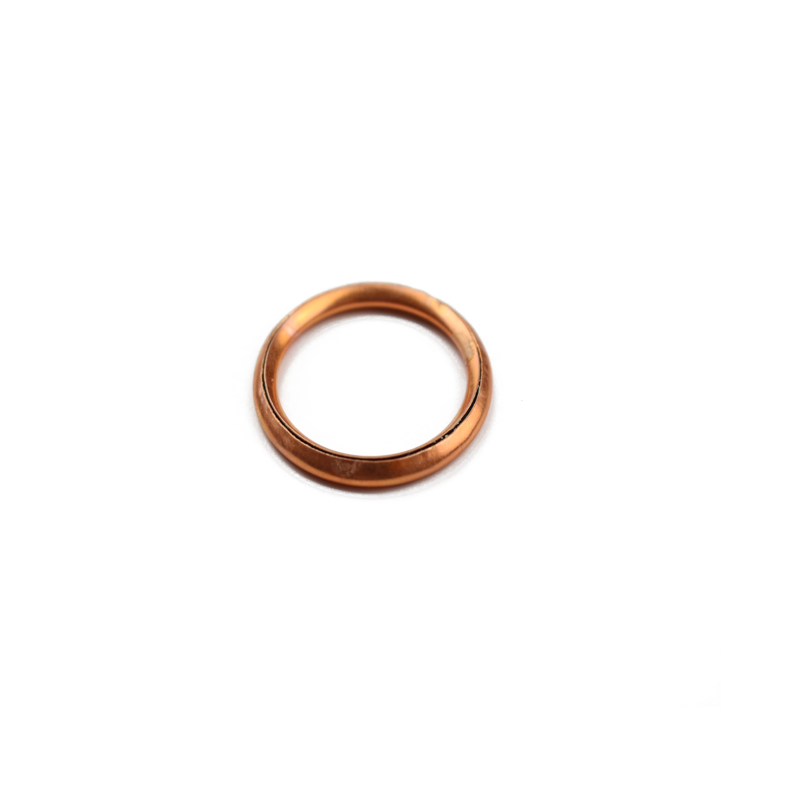seal between the engine and transmission
Understanding the Seal Between the Engine and Transmission
The seal between the engine and transmission is a crucial component in an automobile's powertrain system, serving to maintain the integrity and efficiency of the vehicle's operation. This article aims to explore the importance of this seal, its function, potential issues that can arise, and maintenance tips to ensure longevity.
The Function of the Engine-Transmission Seal
In automotive engineering, the engine and transmission are two of the most vital components, working together to propel the vehicle forward. The engine generates power through combustion, while the transmission processes this power and transfers it to the wheels in a controlled manner. Between these two complex systems lies the engine-transmission seal, which has several important functions
1. Fluid Retention The primary role of the seal is to prevent the escape of fluids, particularly engine oil and transmission fluid. These lubricants are essential for the smooth operation of both the engine and transmission, reducing friction and wear on the moving parts.
2. Contaminant Barrier The seal acts as a barrier against dirt and debris that can enter the engine and transmission systems. Contaminants can lead to significant damage and reduced performance, making the integrity of this seal vital.
3. Pressure Maintenance Proper sealing helps to maintain the pressure within the transmission, ensuring that the automatic or manual shifting process occurs smoothly and efficiently. A compromised seal can lead to pressure loss, negatively impacting transmission performance.
Common Issues Related to Seal Failure
Despite its importance, the engine-transmission seal can be prone to failure for several reasons. Here are some common issues that can arise from a faulty seal
1. Fluid Leaks One of the most immediate signs of seal failure is the presence of fluid leaks. Oil spots under the vehicle can indicate that the engine oil or transmission fluid is escaping. This not only leads to potential engine and transmission damage but can also be hazardous on the road.
seal between the engine and transmission

2. Performance Problems A failing seal might result in poor shifting performance. For automatic transmissions, this can manifest as harsh or delayed shifts, while manual transmissions may experience difficulty in gear engagement.
3. Overheating Insufficient lubrication due to fluid leaks can lead to overheating in both the engine and transmission. This can cause severe harm, potentially resulting in costly repairs or even complete failure of the components.
Maintenance and Prevention
To avoid issues arising from a failing engine-transmission seal, regular maintenance is essential. Here are some tips for vehicle owners
1. Regular Inspections Schedule routine checks of fluid levels and conditions. Look for signs of leaks or fluid changes in color and texture, which can point to problems with the seal.
2. Fluid Changes Adhere to the manufacturer’s guidelines for fluid changes. Old or degraded fluids can increase wear on seals and other components.
3. Addressing Leaks Promptly If you notice any signs of fluid leaks, have them inspected and addressed immediately. Ignoring minor leaks can lead to more significant issues down the line.
4. Professional Servicing Have a professional mechanic conduct thorough inspections periodically, especially if your vehicle is older or has higher mileage. They can identify potential issues before they escalate.
Conclusion
The seal between the engine and transmission may not be the most visible part of an automobile, but its role is undeniably critical. By understanding its importance, recognizing potential issues, and committing to regular maintenance, vehicle owners can ensure the efficiency and longevity of their powertrain system. A proactive approach to maintaining this seal will ultimately lead to a safer, smoother driving experience.
-
Simplifying Oil Changes: A Comprehensive Guide to Oil Drain Plugs and Their Variants
News Aug.04,2025
-
Mastering Oil Drain Maintenance: Solutions for Stripped, Worn, and Upgraded Oil Plugs
News Aug.04,2025
-
Fixing Oil Pan Plug Issues: Leaks, Stripped Nuts, and the Right Replacement Solutions
News Aug.04,2025
-
Everything You Need to Know About Oil Drain Plugs: Sizes, Fixes, and Upgrades
News Aug.04,2025
-
Choosing the Right Oil Drain Plug: A Guide to Sizes, Materials, and Drain Innovations
News Aug.04,2025
-
A Complete Guide to Automotive Drain Plugs: Types, Problems, and Innovative Solutions
News Aug.04,2025
-
The Ultimate Guide to Car Repair Kits: Tools and Essentials Every Driver Should Own
News Aug.01,2025
Products categories















